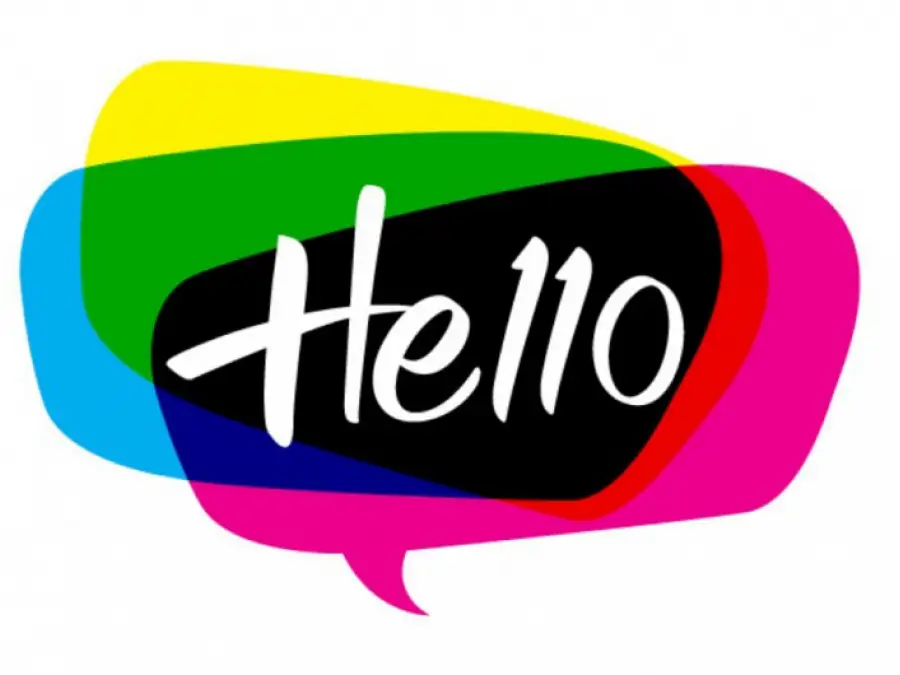Hei!
That’s all you need to say when you meet somebody in Finland. It sounds very easy going, but that doesn’t mean that greeting is an easy question for Finns.
In 2018 the Finnish Broadcasting Company Yle collected opinions of more than 600 Finns concerning the culture of greeting in Finland (https://yle.fi/uutiset/3-10169119). The review showed that opinions vary: some people think more attention should be paid to greeting each other, others want to respect the „personal space” of others and don’t want to „bother their privacy” by greeting them. Many said they are insecure when deciding whether to greet somebody or not and they feel that at the moment there is no social norm about greeting in Finland. The minimum requirement seems to be that if somebody greets you, you should answer to it. – But there are Finns who don’t find even this necessary.
Increasing contacts with foreigners have obviously changed the behaviour of Finns in this respect and during the past few years they have become socially more open, but still there’s a long way to go before every “Matti” starts to behave so that foreigners arriving to Finland do not feel that it’s often difficult to approach them.
When I moved to Hungary I could soon see that I will have to learn new manners. Here it is obvious that if you know somebody and you meet, you greet him/her and if somebody greets you, you answer to it. Also if you step to a closed place (a small shop, elevator, doctor’s waiting room etc.) you greet others whether you know them or not.
I moved to Hungary more than 30 years ago and since then I have tried to absorb the Hungarian etiquette, but I must say it is not easy for a person coming from a „hei”-country. I’m sure I’ll have to struggle with it until the end of my life. When meeting somebody should I say csókolom or jó reggelt/jó napot/jó estét or can a friendly szervusz/szia/hello be used? What about shaking hands – not to talk about kisses? The question becomes more and more important as the size of the living community decreases.
In the beginning I thought it is safe to say jó napot kívánok to all adults, but soon I had to start to learn the use of the other options, too. As we live in a small town where my husband grew up, he knows many people and consequently many people knew who I am – and I didn’t know anybody. In the beginning when we walked in the street and I saw people walking towards us, I almost got into panic. I kept pulling my husbands’ sleeve asking “What shall I say to them?”. I could get an answer like: “Say csókolom to the old lady, jó napot kívánok to her son and szervusz to the child”. It’s so simple.
It was very confusing that I couldn’t always answer with the same phrase as what the other person said to me. If a man or a child “kissed my hand” by saying csókolom to me, I couldn’t possibly answer the same way – or at least I shouldn’t have. If a woman who was older than me said „szervusz” to me, I had to decide whether she would like me to answer the same way or should I respect the age difference by answering „jó napot” or even „csókolom”.
In this respect life seems to be much easier for those who have been brought up in this country. My younger son was about 3,5 years old when he run a couple of meters in front of me in the street. Suddenly he stopped as a big German shepherd appeared in front of him from around the corner. No panic, he knew right away how to behave. He said „Csókolom!” to the dog.
- Pirjo Mészáros

